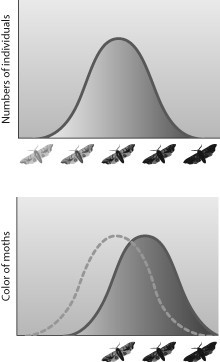You may have noticed that the prepackaged deli meats you purchase in the refrigerated section of the grocery store seem to last longer than the same meats purchased freshly sliced from the deli counter. You are puzzled because the meats are identical and you expect the products at the deli to be fresher. What is the primary reason the prepackaged meats last longer?
A. The prepackaged meats are typically sprayed with bacteriophage to prevent the growth of Listeria monocytogenes, which typically causes spoilage.
B. The prepackaged meats are not handled by the deli workers.
C. The prepackaged meats are stored at a much colder temperature than the deli case.
D. The prepackaged meats have modified atmosphere packaging that has excluded oxygen gas, which would promote the growth of spoilage organisms.
Answer: D
You might also like to view...
Filtrate that is removed from the blood is
collected by the a. loop of Henle. b. glomerulus. c. distal tubule. d. proximal tubule. e. Bowman's capsule.
Which postzygotic barrier do mules illustrate?
a. temporal isolation b. hybrid inviability c. hybrid breakdown d. gametic isolation e. hybrid sterility
Why was the determination of the actual sequence of the human genome considered to be descriptive science?
A. It did not involve hypothesis-driven research. B. It did not involve deductive reasoning. C. It involved deductive reasoning. D. It involved hypothesis-driven research.
When a scientist examined museum specimens of a particular moth species, she noticed that the variation in color was distributed as shown in the first graph. She was surprised because her data from current collections indicated the distribution of colors
shown in the second graph. Which hypothesis about the cause of this shift in the range of genetic variation is the most likely to be supported by examination of the distribution of colors in a collection assembled at a time between that of the collection of the museum specimens and her current specimens?
A) Darker moths tend to lay more eggs than light moths.
B) Birds prefer to eat lighter moths rather than darker moths.
C) The bark of the tree on which moths landed became darker over time.
D) Darker moths were more likely to survive and have offspring over time.